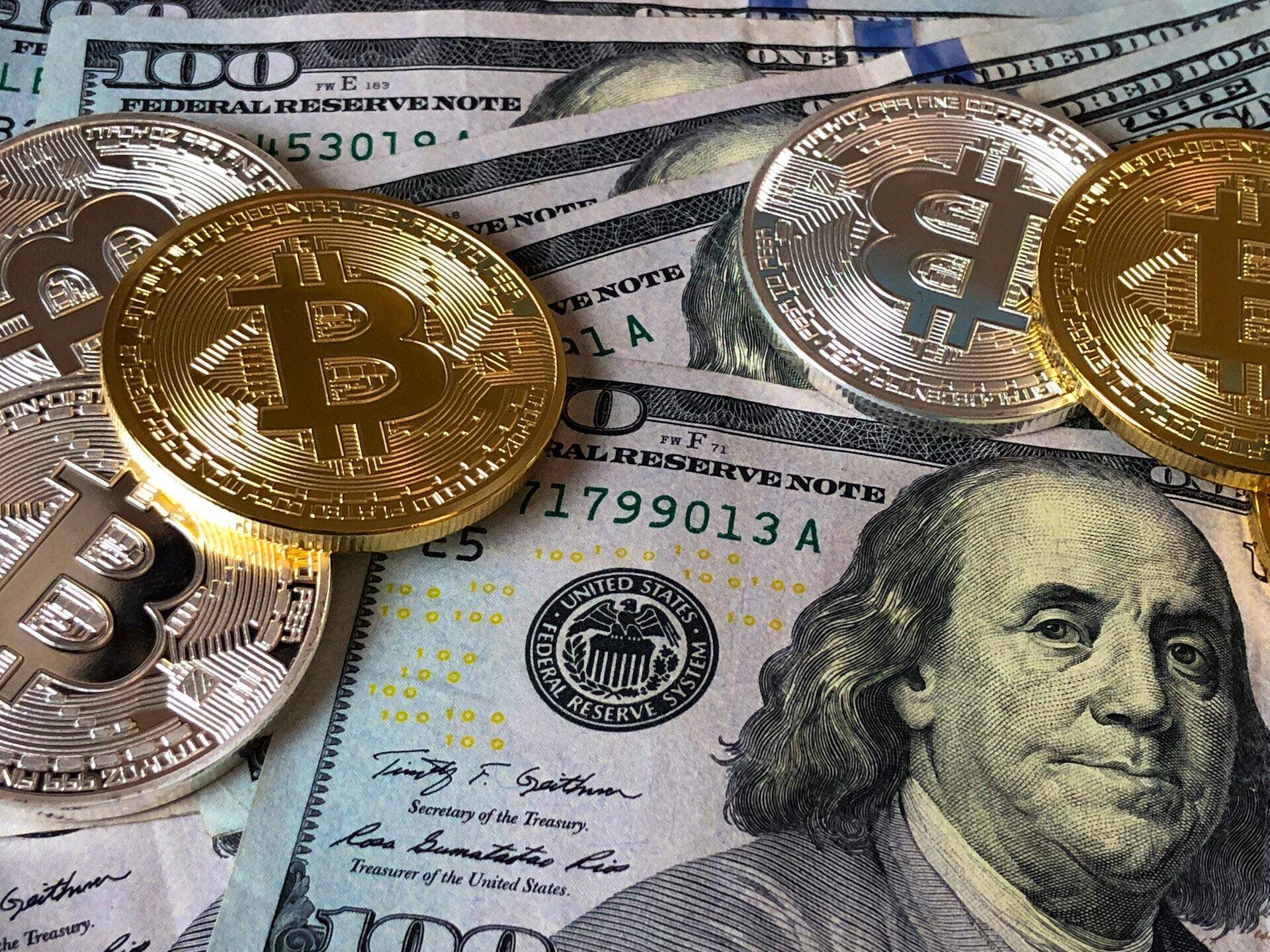Beyond the Hype: Live Shopping is a Serious Economic Force
Live shopping, or live stream commerce, has rapidly evolved from a niche trend into a significant global economic phenomenon. While its entertainment value and engagement potential are often discussed, the sheer scale of the market and its impressive growth statistics paint a picture of a fundamental shift in online retail. If you thought live selling was just a passing fad, the numbers tell a very different story.
The Global Market: Racing Towards Trillions
Pinpointing exact figures can be tricky as different research firms use varying methodologies, but the consensus is clear: the global live shopping market is enormous and expanding at an incredible pace.
- Current Scale: While already valued in the hundreds of billions of US dollars globally, driven largely by Asia, the market is far from saturated.
- Explosive Growth Forecasts: Market analysts project staggering growth. Some forecasts suggest the global live shopping market could surge past $1 trillion USD within the next few years, with some estimates reaching as high as $1.3 trillion or more by 2026-2027.
- High CAGR: The Compound Annual Growth Rate (CAGR) for live shopping is consistently reported in the double digits, significantly outpacing the growth of traditional e-commerce in many regions.
China: The Undisputed Leader
It's impossible to discuss live shopping's market size without focusing on China, where the trend truly took off around 2016.
- Dominant Market Share: China currently accounts for the vast majority of the global live shopping market value.
- Staggering Figures: Reports indicated the market in China surpassed $480 billion USD in 2022 (McKinsey) and continues its upward trajectory, likely well over $600 billion now. Platforms like Taobao Live and Douyin (TikTok's counterpart) facilitate billions in transactions.
- Deep Integration: Live shopping is deeply integrated into daily life and the e-commerce ecosystem in China, setting a benchmark for other regions.
The US and Western Markets: Catching Up Fast
While significantly smaller than China's market, live shopping is rapidly gaining traction in the United States and Europe.
- Accelerated Growth: The pandemic served as a major catalyst, pushing brands and consumers towards more interactive online experiences.
- US Market Projections: Estimates for the US market vary, but current figures hover around $25-$35 billion USD. Crucially, projections show massive potential, with forecasts suggesting it could exceed $55-60 billion USD by 2026 (Coresight Research, Statista) and potentially much higher in subsequent years.
- Platform Adoption: Major platforms like Amazon Live, YouTube, Facebook, Instagram, and TikTok are investing heavily in live commerce features, fueling adoption by brands and creators.
Why the Meteoric Rise? Key Statistics Driving Success
The market value is driven by tangible results:
- Sky-High Conversion Rates: This is perhaps the most compelling statistic. Live shopping consistently boasts conversion rates significantly higher than traditional e-commerce averages (which hover around 1-3%). Reports often cite conversion rates for live shopping reaching up to 30%, potentially 10 times higher than conventional online retail.
- Increased Engagement: The interactive nature (live chat, Q&A, host interaction) keeps viewers engaged for longer periods compared to static product pages.
- Reduced Return Rates: Because customers can ask detailed questions and see products demonstrated live, uncertainty is reduced, often leading to lower product return rates.
- Popular Categories: Fashion and apparel, beauty and cosmetics, fresh food, consumer electronics, and home goods are consistently among the top-performing categories in live shopping events.
The Takeaway: A Non-Negotiable Part of Future Commerce
The data is undeniable. Live shopping isn't just an engaging format; it's a multi-billion-dollar industry rapidly reshaping the future of online retail globally. Its ability to combine entertainment, community, and commerce drives impressive conversion rates and market growth. Businesses, creators, and platforms ignoring this trend risk falling behind in an increasingly interactive digital marketplace.
